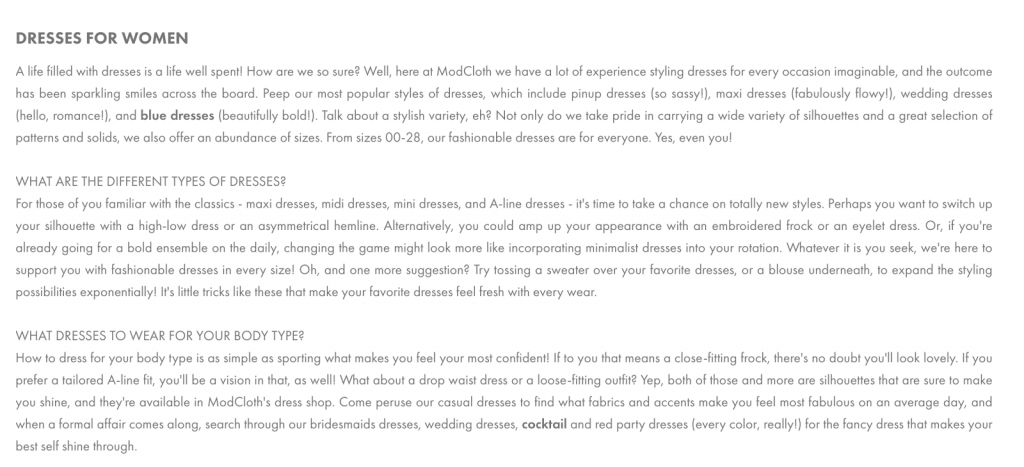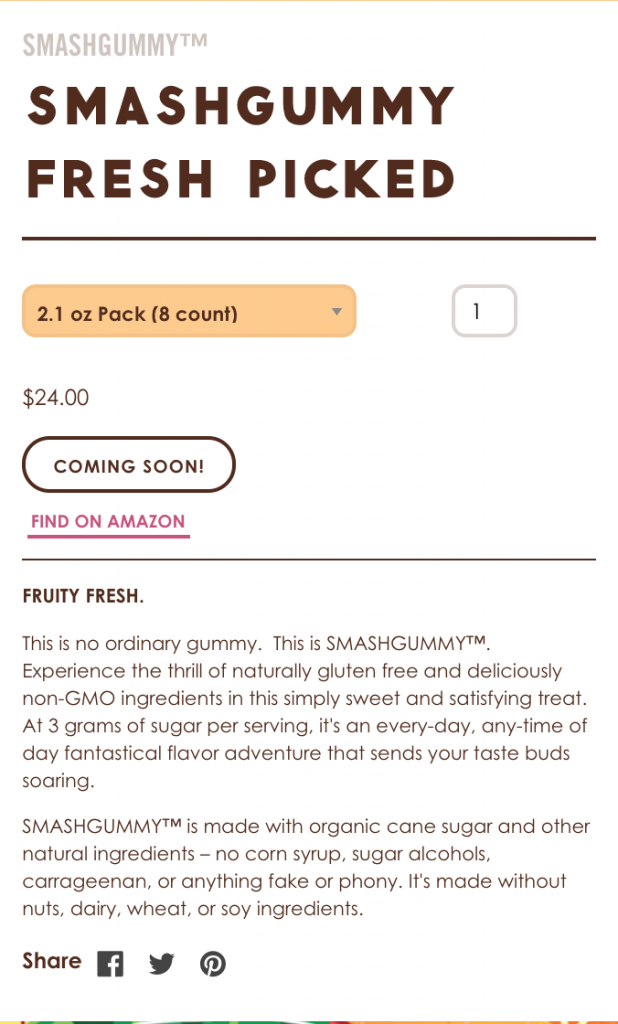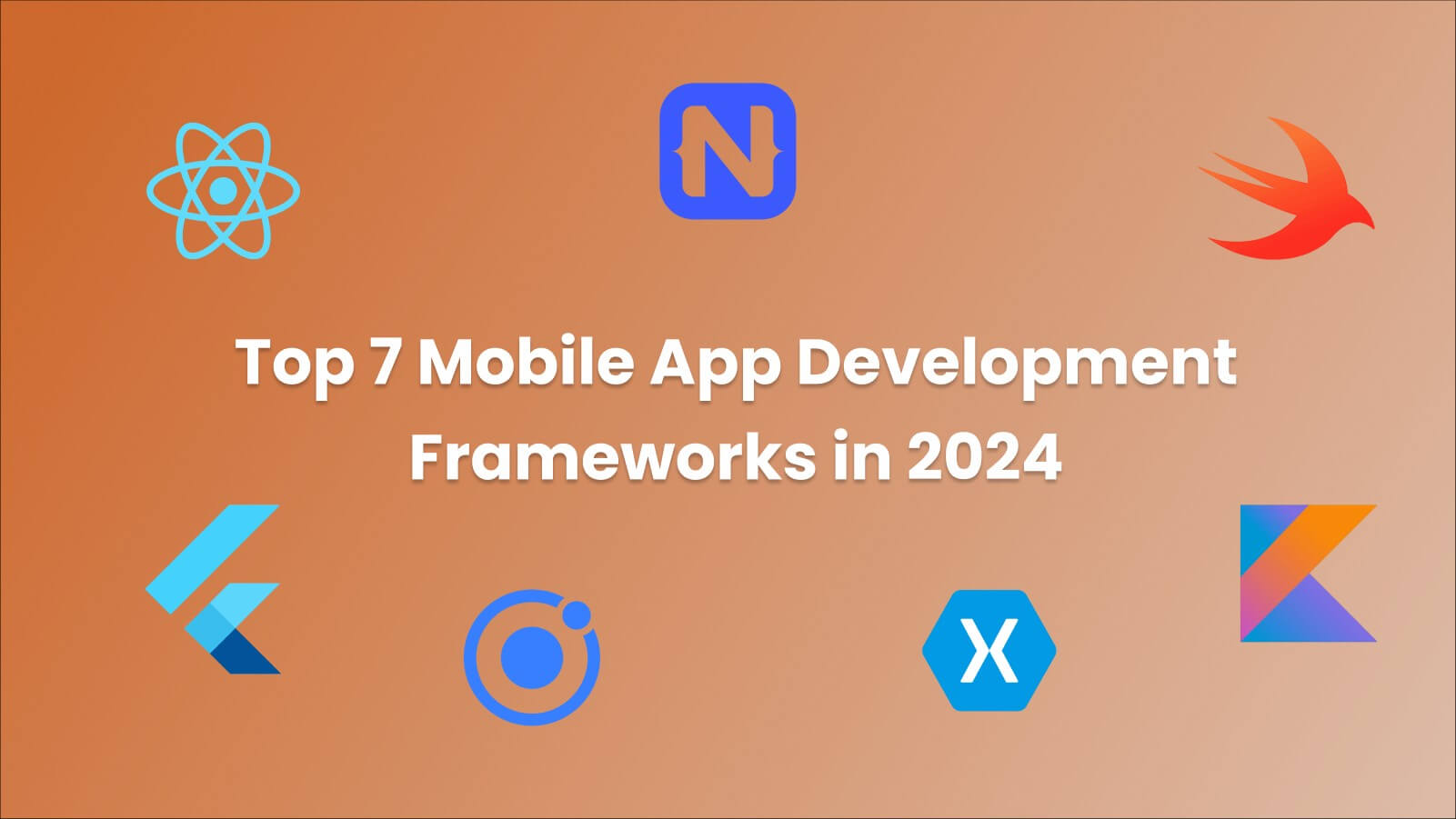
Content is essential to SEO: search engines must have content to crawl and understand in order to assess and rank websites. But it’s not enough to just put some words on a page. Content needs particular structures and purposes to impact your search engine rankings, your audience engagement, and your conversion rate. This can range from high-level blog content to sales-oriented product page content, and it all works together to increase your sales. Curating your site’s content to include different types of content diversifies your site setup and builds a cohesive marketing strategy to entice and engage your users throughout the sales process. In this article, we’ll take you through 10 types of content you should have on your website to build out your content strategy and increase your engagement and conversions. If you have more than one type of product on your site, it’s crucial to have category pages that group like products together. These pages can be included in your site navigation and linked to and from each other to help users and search engines find and understand the pages. Category page content is brief and sales-focused. It tells users about the products listed and what types of attributes they may want to look for, providing an extra boost to SEO. Typically, category page content is between 200 and 500 words long. Here’s an example of category page content from Modcloth: Having content that explains your products or services is a no-brainer, but make sure that content is working to sell your product, rather than just explaining it. Product page content is short and punchy, like this example from Smashmallow: There’s no need to write an essay about each product—just 50-100 words can accomplish a lot. While product page content can provide a boost for SEO, it mainly serves to entice visitors to click “Add to Cart.” If you aren’t a typical ecommerce store, product pages may not serve you well. Instead, you may need service pages to go in-depth on your products and offerings, which could be a software or online tool like accounting or background checks, or a service like financing or consulting. Service pages often have a unique layout and are meant to explain the different features or benefits of whatever is being sold. They have great SEO value and are usually split up into easily readable blocks or sections, like this example from Undergrads Moving: When you’re ready to take your content to the next level, a blog to attract prospective customers before they even know they might need your product is the way to go. Blogs on business websites are often created as part of an SEO strategy, as they provide additional relevancy and authority to your site that can improve Google rankings. Most effective SEO blogs are between 1,000 - 2,000 words, and are able to naturally incorporate references to the business offerings without sounding overly salesy. They need to add real value to the reader and subtly convince them that you are a trusted source of information on this topic, so they’ll return to you when they need your product. Guides on a topic walk the line between sales-focused content and editorial or informational content. You can create guides on a broad topic related to the products you sell, or get much more specific and publish a guide that is directly tied to what you offer. Trust & Will, an online trust and will service company has a learning center in order to teach prospective customers how to understand commonly asked questions about wills and trusts. Longform articles work similarly to guides and blog posts, in that they add significant SEO value while providing value to readers and proving your authority in your field. Most longform articles are over 3,000 words, and some can get as high as 5,000 - 7,000 to exhaustively cover a topic. When creating longform content, you should select broad, high-funnel topics that can cover many different aspects. Guides can sometimes be longform content if they are extensive enough. Backlinko’s Guide to On-Page SEO is a great example of longform content, and you can see other examples of longform content here. Video content is increasingly popular among consumers, so don’t hesitate to jump on the video bandwagon. Nearly any kind of content can be converted into a video format, so use your imagination to make it work for your site and content strategy. Here are some examples of video content that you can create and incorporate into your site: Images are a must for any content, as they keep readers far more engaged than just plain walls of text. To make your images work best for you, create custom images and graphics to avoid using the same stock photos your competitors might be using. You can also go an extra step and create infographics that display statistics or fast facts. These work well as targets for link building campaigns and are great for sharing on social media. You don’t have to be responsible for all of the content on your website: you can let your customers create some of it for you in the form of reviews. Reviews have been shown to improve conversion rates and build trust in a product or business, as users are more likely to trust recommendations of other consumers over the promises of a brand. Make it easy for customers to submit reviews of your products and incorporate them on product pages and even your checkout sequence to boost conversions. There are many simple ways to add this functionality to your site as Sur La Table does here: In a similar vein to reviews, case studies show real life examples of your product in action. It works best for software or other broader solutions (as opposed to individual products like cookware or clothing), and can build trust among your customers by showing how it applies to real world situations. Case studies need to be real stories, so reach out to a few customers that have particularly compelling stories and interview them about their experience. The result will be a compelling combination of storytelling and testimonial that highlights why people should become customers. You can even create video content around your case study to make it more compelling. Here are some great case studies to get a feel for what’s possible: This is a lot of content for any given website, but don’t get overwhelmed! Take it slow as you begin to build out your content strategy and start with small projects that can be easily managed and measured to see the results and motivate you to expand it further. Many of these types of content can be combined to create powerful results for your website. Get creative, and remember to create content that is valuable to your audience over anything else. Category Pages
Product or Service Pages
Service Pages
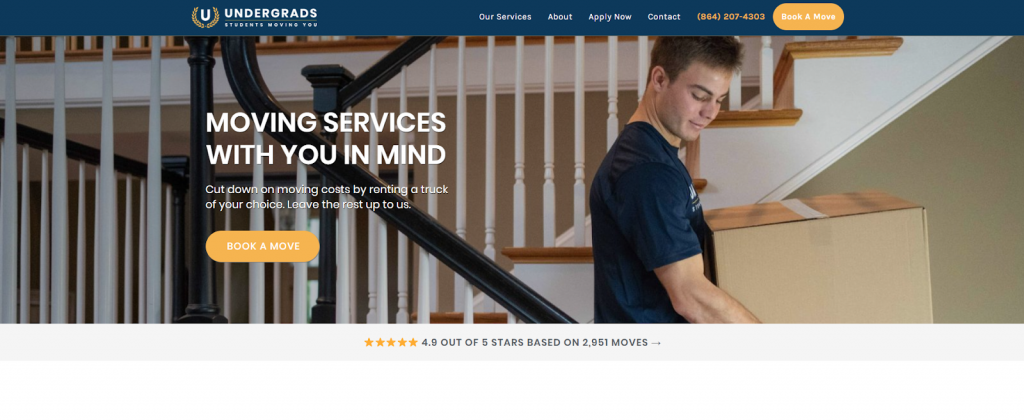
Blog Posts
Ultimate or How To Guides
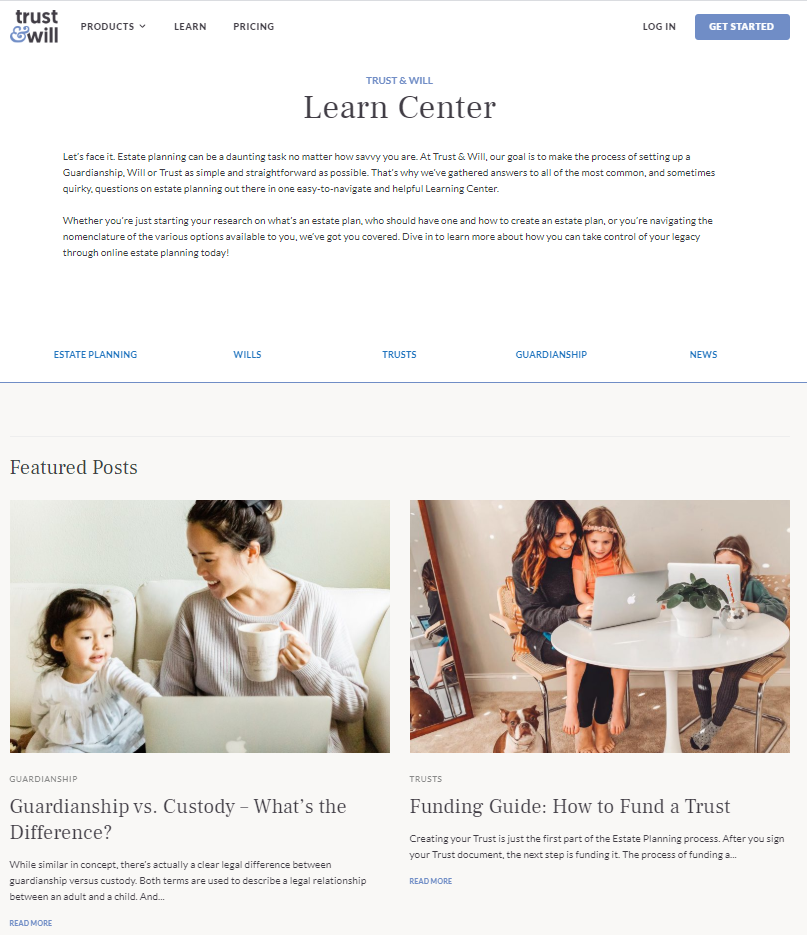
Longform Articles
Videos
Images
Reviews
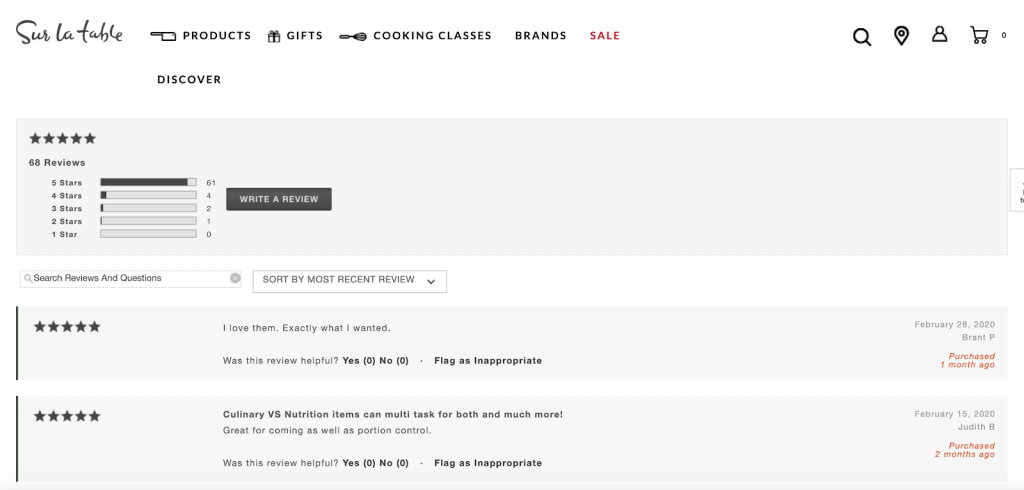
Final Words


